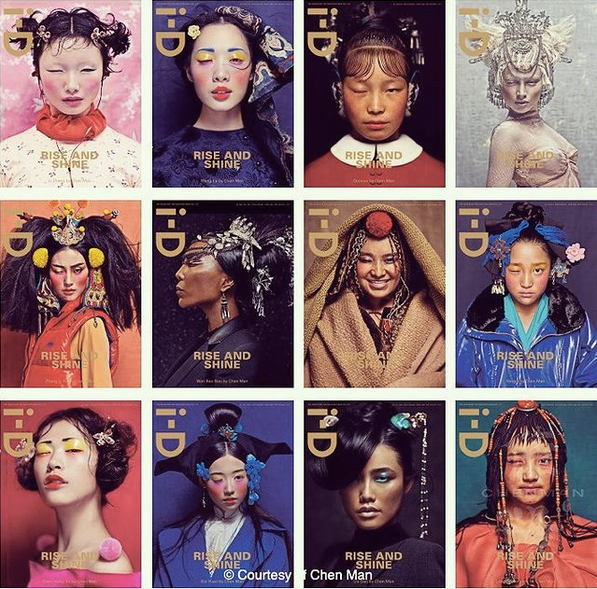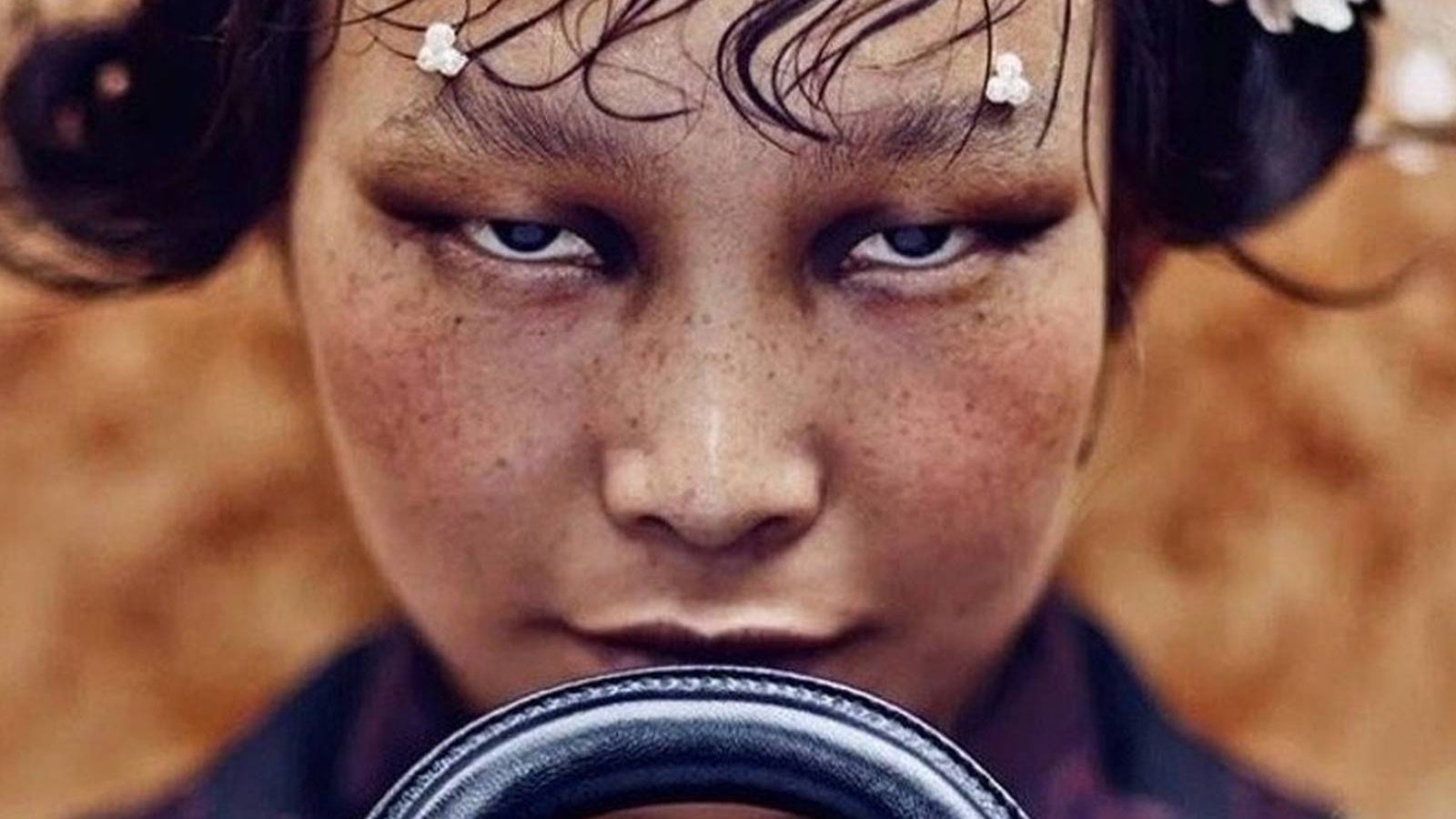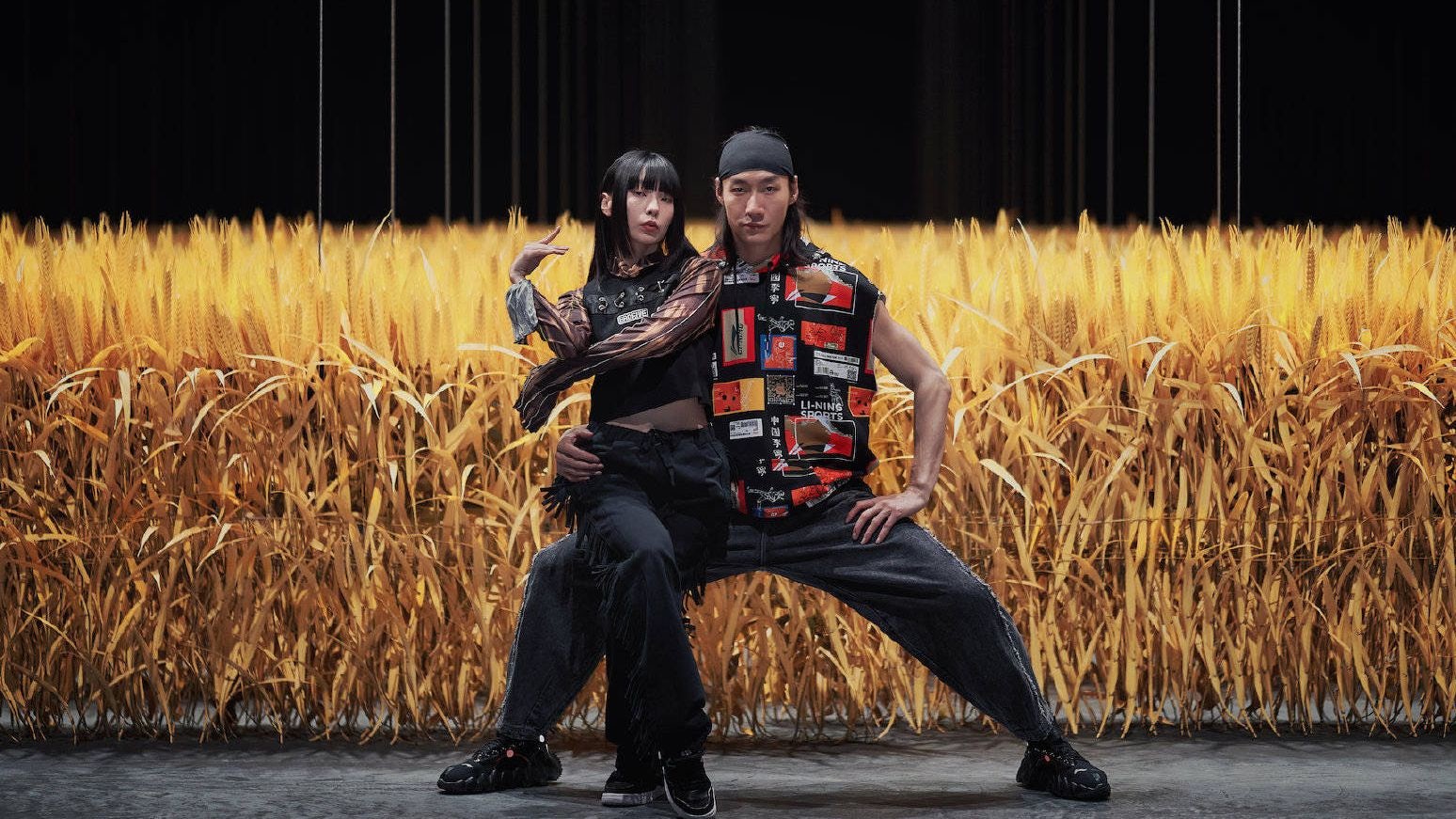What happened
: The inclusion of an image in an exhibition staged by the luxury brand Dior has proved to be spectacularly controversial. On view at Dior and Art in Shanghai, the photo, originally taken in 2012 by fashion photographer Chen Man, has sparked outrage among Chinese citizens, netizens, and media outlets alike, who debated its depiction of Chinese beauty ideals. What resulted was a protracted about-face from both parties.
Dior clarified that the image was not a commercial advertisement for the brand and confirmed that all related content had been removed — online and off. On Weibo it said it would continue to respect the feelings of the Chinese people, abide by Chinese laws, and cooperate with related authorities to strictly review works to go on public display. Meanwhile, Chen, who shot to fame in the 2010s, has also issued an apology after having “reflected deeply” on the topic.
The Jing Take
: An unwanted bump in the road for Dior, this unpredictable netizen backlash raises many questions about how citizens are reframing their identity during the 20s. A number of factors, from anti-Chinese sentiment following COVID-19 to swelling Guochao, or national pride, are allowing citizens to reconsider how they are represented — not least as they head towards being the world’s biggest luxury market.
With this comes a re-examination of beauty standards: on the one hand, netizens are embracing a new chapter in diversity on the mainland lensed by Chen’s younger contemporaries and seen in the cultural nuance of Leslie Zhang or Zeng Wu’s surrealistic flair. However, by contrast, there are still swathes of local shoppers who value westernized aspects such as pale skin and round eyes. Overshadowing all this is the permanence of western Orientalism in its depictions of China as the “exotic” other.
Chen’s overly-staged visual style speaks to an older aesthetic which is now out of fashion among today's youth — and speaks to a decline of the global importance of the West’s racist status quo. It also shows the dynamism of modern history moving at a breakneck speed: 10 years ago, when the photo originally appeared in an identical context, no one batted an eyelid. A decade in China is like a distant era. While China has many unspoken rules — even though both entities issued perfect apologies — there are only so many times you can act first and seek forgiveness later.

The Jing Take reports on a piece of the leading news and presents our editorial team’s analysis of the key implications for the luxury industry. In the recurring column, we analyze everything from product drops and mergers to heated debate sprouting on Chinese social media.

